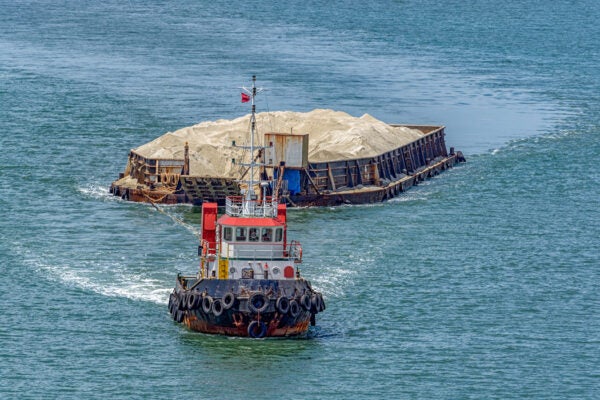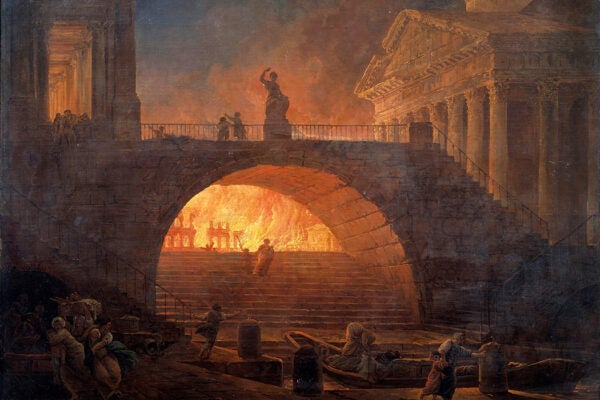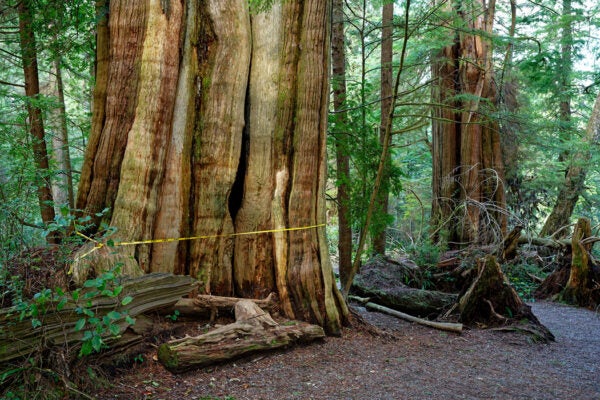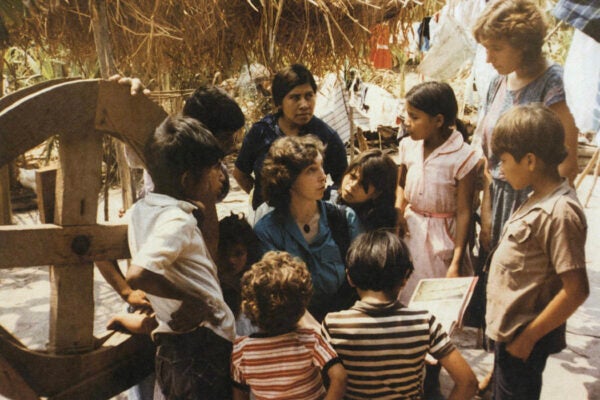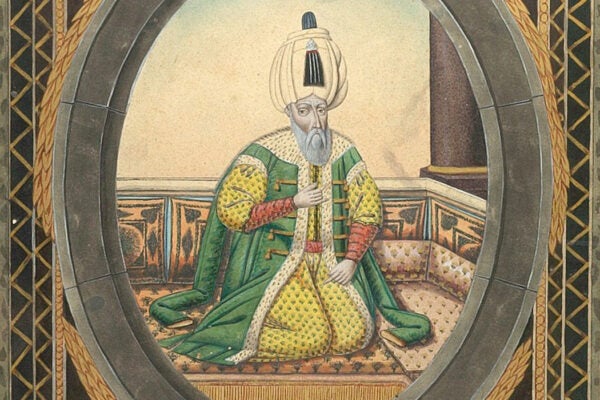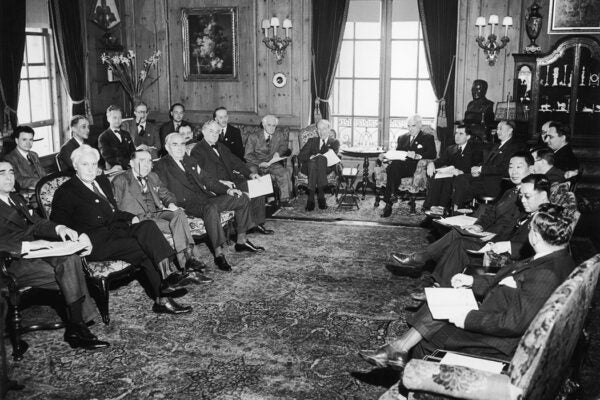The High Cost of Sand in Southeast Asia
The clean, green garden city of Singapore has been built on sand extracted—at significant environmental cost—from its neighbors.
A History of Fire
It’s only as we brought fire under better control that we stopped thinking so much about it—and, with climate change, that may be shifting again.
Trees With a Secret Message
The culturally modified trees of the Pacific Northwest and Alaska bring essential stories of the past into the present.
Ukraine, Russia, and the West: A Background Reading List
Research reports and scholarly articles on the history of the Ukraine–Russia conflicts of the past and possible paths for peace.
Fighting for El Salvador, from Wisconsin
In the 1980s, people from across the US used civil programs and other direct connections with Salvadorans to build opposition to El Salvador’s oligarchy.
An Epic Face-Lift: Moving Abu Simbel Out of the Nile
Some 25,000 workers cut Abu Simbel’s statues and temples into pieces, hoisted them into the air, and reassembled them on an artificial hill 200 meters away.
Creating an Ottoman Political Culture
As the Ottoman Empire became a world power in the fifteenth century, it also became a center of culture, producing original political literature and philosophy.
The Making and Meaning of Greenland: A Reading List
A selection of research reports and peer-reviewed articles offers insight into the history and potential future of the autonomous territory of Greenland.
Greenland: Polar Politics
Though it may seem like a new topic of concern, the glaciated landscape of Greenland has floated in and out of American politics for decades.
Origins of the UN: The US and USSR
The genesis of the United Nations came from the nations united as Allies against the Axis powers, but who really pushed the institution into being?
